Click here and press the right key for the next slide (or swipe left)
also ...
Press the left key to go backwards (or swipe right)
Press n to toggle whether notes are shown (or add '?notes' to the url before the #)
Press m or double tap to slide thumbnails (menu)
Press ? at any time to show the keyboard shortcuts
Some Evidence
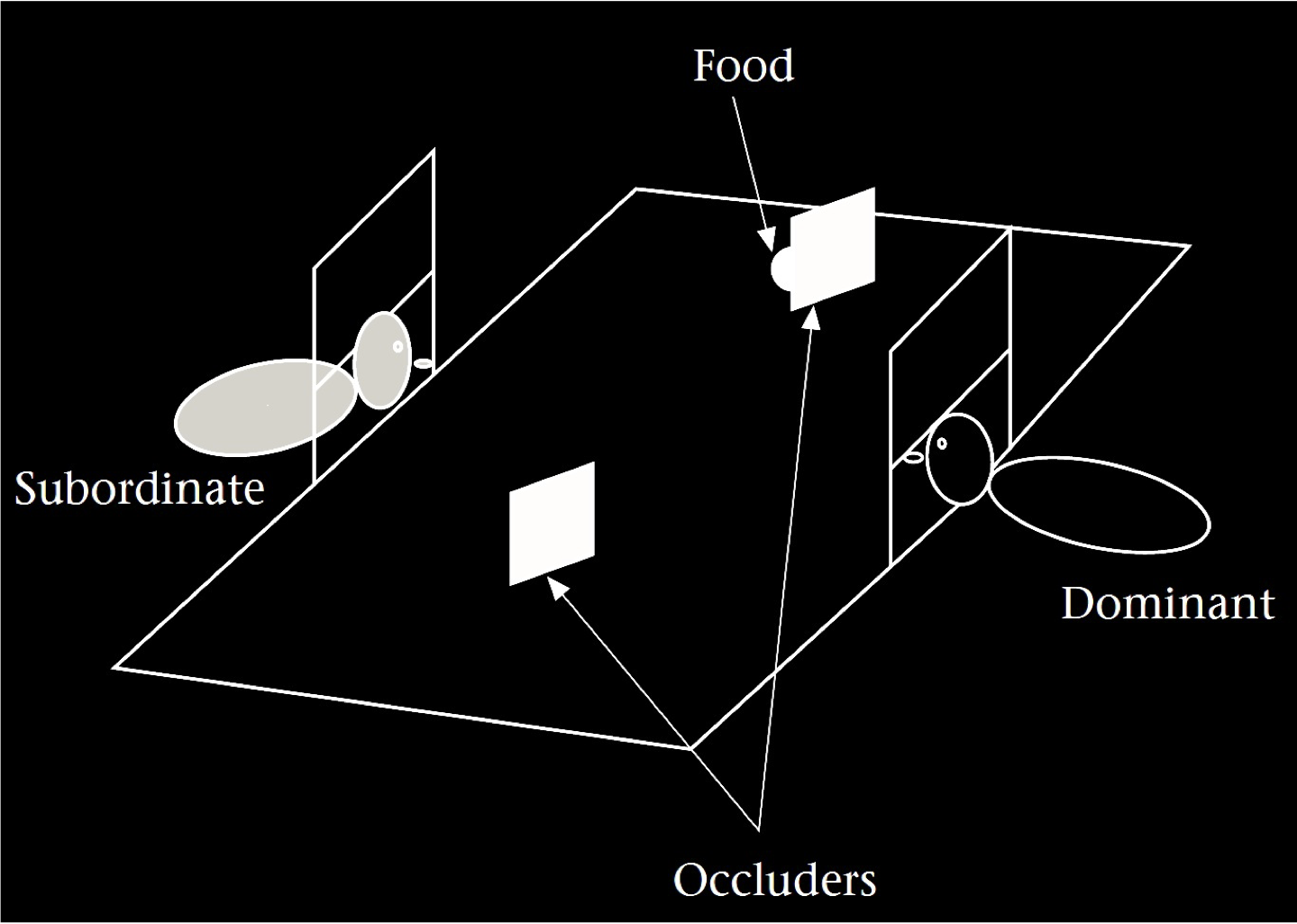
Hare et al (2001, figure 1)
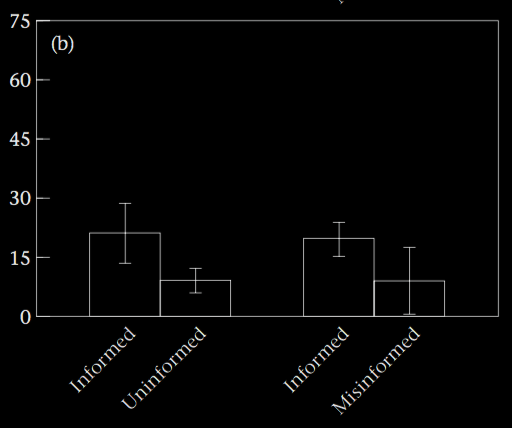
Hare et al (2001, figure 2b)
‘subordinate subjects retrieved a significantly larger percentage of food when dominants lacked accurate information about the location of food
‘(Wilcoxon test: Uninformed versus Control Uninformed: T=36, N=8, P<0.01; Misinformed versus Control Misinformed: T=36, N=8, P<0.01)’
Hare et al (2001, p. 143)

Clayton et al, 2007 figure 11
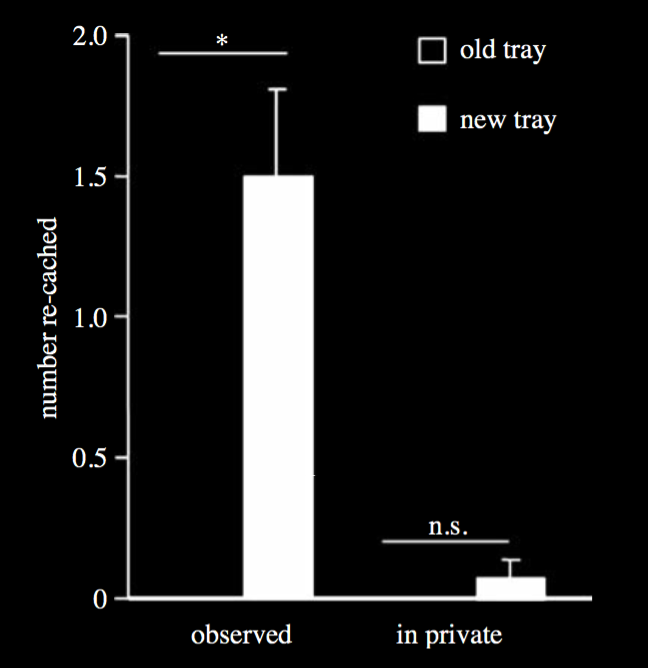
Clayton et al, 2007 figure 12
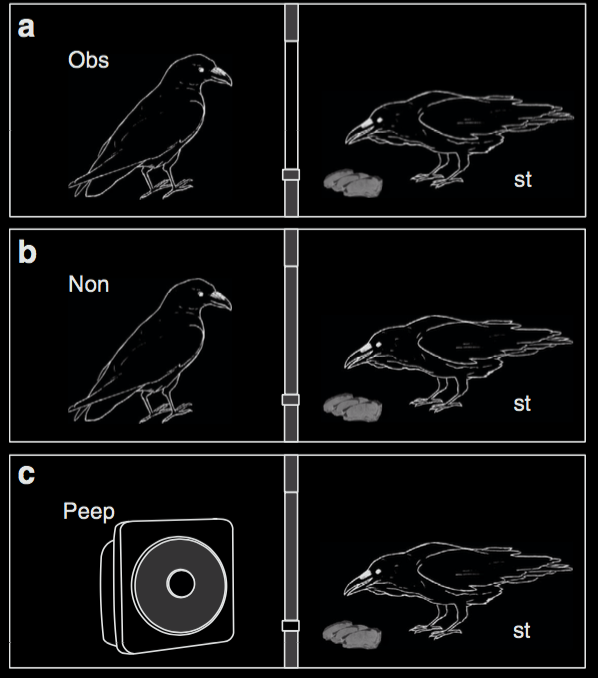
Bugnyar et al, 2016 figure 1
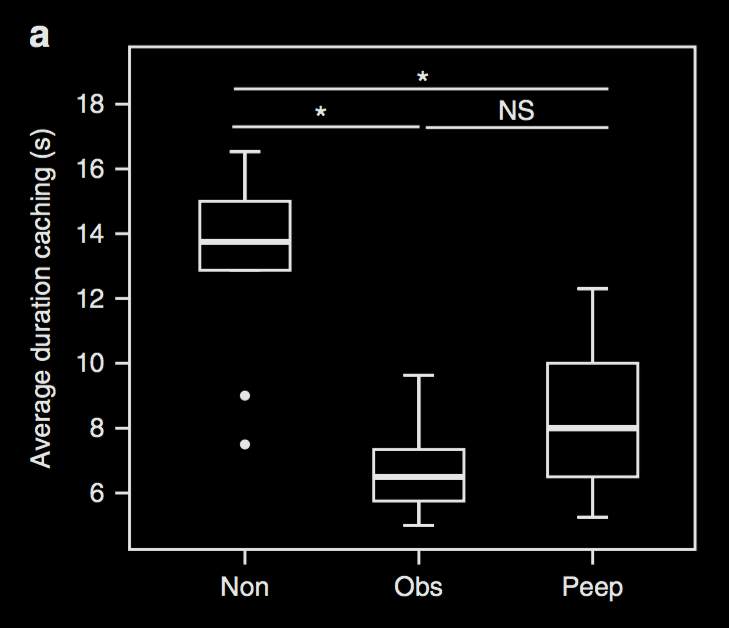
Bugnyar et al, 2016 figure 2a

Bugnyar et al, 2016 figure 1
